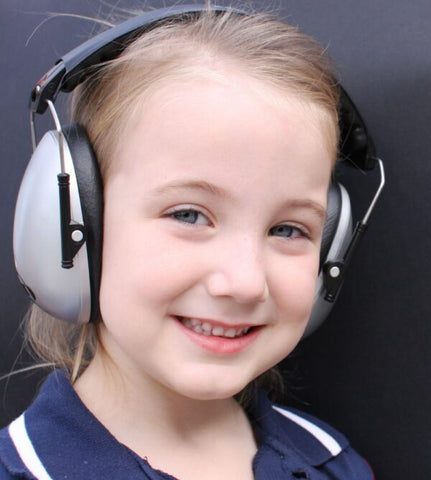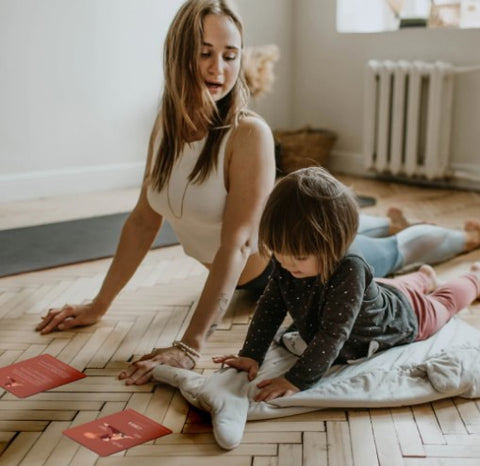6 ways to help and support my autistic child
Autism is called a "spectrum" because it affects individuals in different ways and to varying degrees. Supporting your child with autism is different for each family, because autism is complex and multifaceted, with signs and severity varying widely from person to person. Some people with autism may have exceptional abilities in specific areas, such as memory or music, while others may struggle with basic communication and social interaction skills.
Autism can also be accompanied by other conditions, such as anxiety, ADHD, and sensory processing disorder, which can also complicate diagnosis and make the support needed a trial and error until the best fit is found.
Supporting someone on the autism spectrum often involves a combination of therapies, such as occupational therapy, speech therapy and educational interventions. Finding the right type and combination of supports to suit the individual can be challenging, and progress can sometimes be slow and incremental. It's important to know that you are not alone (1 in 100 Australian's are autistic) and that you are doing the best that you can.
What I can do as a parent to help support my autistic child?
Children on the autism spectrum may have sensory sensitivities, which can make certain experiences overwhelming or uncomfortable for them. As a parent, there are several things you can do to support and help your child navigate the world around them.
1. Understand your child's specific sensitivities:
Sensory sensitivities can vary from person to person. Observe your child and learn what triggers their sensory sensitivities. They can be either hyper sensitive (over-reactive) or hypo sensitive (under-reactive) to sensory input, and their responses to sensory experiences may fluctuate from one day to the next.
Common triggers include loud noises, bright lights, certain textures or fabrics, strong smells, and crowded spaces. Once you work out their triggers, you can then take action to minimise the effects of these environmental factors. For example, if you are going somewhere noisy such as a football match, take some noise-cancelling ear muffs with you. If they are hypo sensitive, sensory tools such as spikey wrist bands and compression clothes may be helpful to help them regulate.

2. Create a sensory-friendly environment in their space:
Once you understand your child's specific sensitivities, you can create a sensory-friendly environment for them in your home. This might include using low lighting, reducing noise levels, providing comfortable clothing, or using noise-cancelling headphones. We also recommend having a designated 'sensory chill out space' in your home where they can go to feel safe and regulate when they are feeling overstimulated. Read here for more information on how to create the perfect chill out zone for your autistic child.
3. Develop a sensory diet:
A sensory diet is a personalized plan of activities that help regulate your child's sensory system. This might include activities such as swinging, deep pressure massage, playing with sensory or fidget toys or jumping on a trampoline. Work with an occupational therapist to develop a sensory diet that is appropriate for your child and allows them to stim when needing to regulate.

4. Use visual supports:
Many children with autism benefit from visual supports. These can include routine cards or picture schedules, social stories, and visual cues. Visual supports can help your child understand what is expected of them and can reduce anxiety and confusion. They are especially useful for children who are non-verbal or have difficulties with communication.
5. Practice relaxation techniques together:
Teaching your child relaxation techniques, such as mindfulness,yoga, deep breathing or progressive muscle relaxation can help them manage anxiety and regulate their sensory system. This is a particularly important skill to practice before they reach an overstimulated "meltdown" level. You can do this with them by practicing breathing in for 6 breaths and out for 4 breaths together. Our calm mindfulness flashcards also provide visual cues to help direct them with relaxation techniques.

6. Seek professional support:
Working with a qualified occupational therapist and other healthcare professionals such as speech therapists can help you develop a personalized plan to support your child's sensory sensitivities. You can then practice and implement these strategies with your child at home. Most children diagnosed with autism receive funding from the NDIS to help access these supports.
Remember, every child is unique, and what works for one child may not work for another. Be patient and persistent in finding strategies that work for your child, and celebrate their progress along the way!
